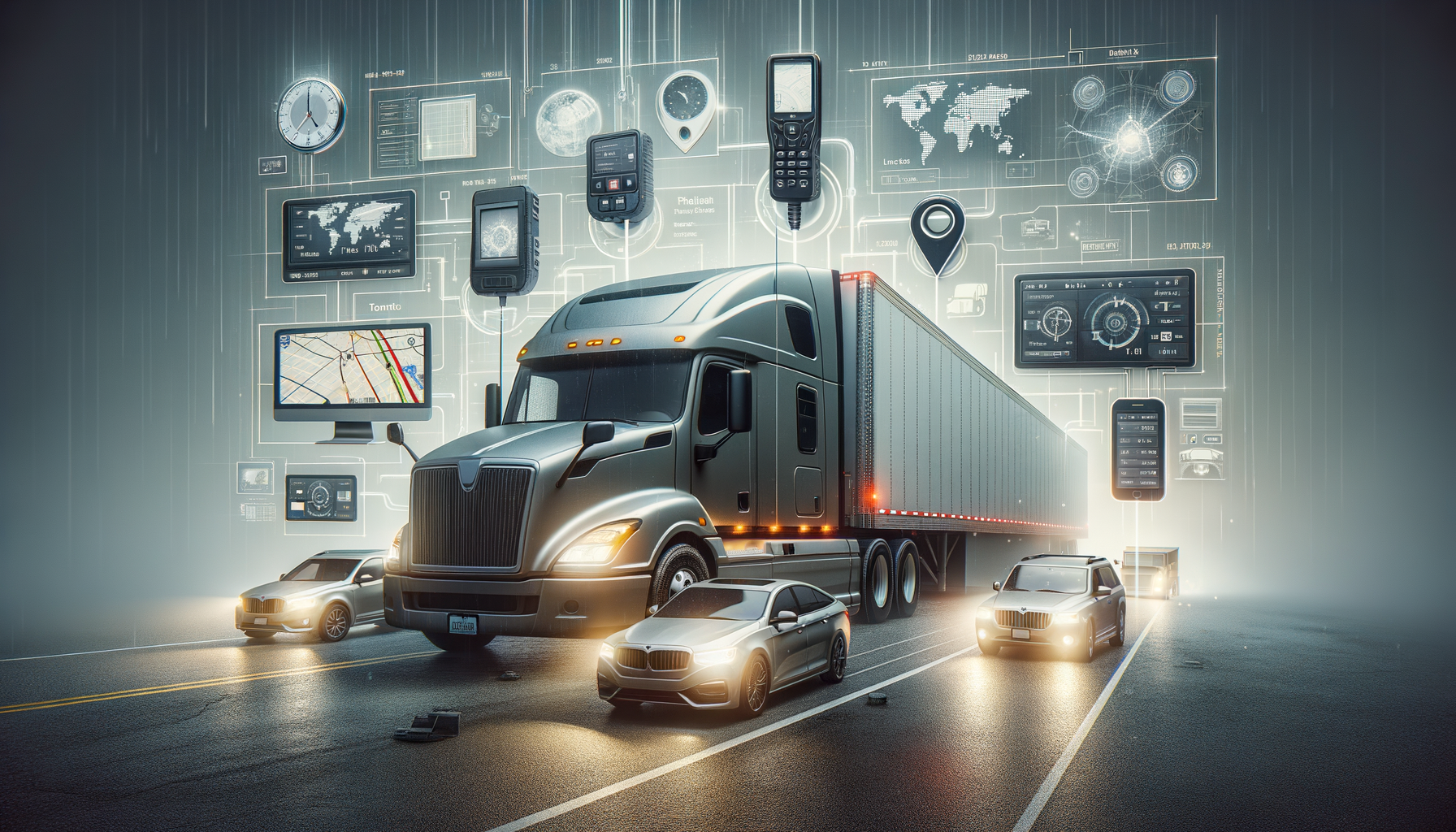The Role of AI in Sewer Line Cleaning
In recent years, the integration of Artificial Intelligence (AI) in sewer line cleaning has transformed the industry. AI technologies are being utilized to enhance the efficiency and precision of sewer maintenance, offering solutions that were previously unimaginable. By employing AI-driven tools, professionals can now detect blockages and damages with greater accuracy, reducing the likelihood of human error. These advancements are not only improving the quality of service but are also playing a crucial role in preventing costly repairs.
AI systems can analyze vast amounts of data collected from sensors and cameras within the sewer lines. This data is processed to identify patterns or anomalies that indicate potential issues. For instance, AI can detect early signs of corrosion or cracks, allowing for timely interventions. This proactive approach is a significant shift from the traditional reactive maintenance strategies, ensuring that problems are addressed before they escalate.
Moreover, AI technologies can optimize the scheduling of maintenance activities. By predicting when and where issues are likely to occur, resources can be allocated more effectively, minimizing downtime and disruptions. This not only saves time and money but also enhances the overall reliability of sewer systems.
Benefits of Regular Sewer Line Cleaning
Regular sewer line cleaning is essential for maintaining the health and functionality of plumbing systems. Over time, debris, grease, and other materials can accumulate in the pipes, leading to blockages and backups. These issues not only cause inconvenience but can also result in significant damage if left unaddressed.
By scheduling routine cleanings, homeowners and businesses can prevent these problems and extend the lifespan of their sewer systems. Regular maintenance helps to remove buildup before it becomes problematic, ensuring that wastewater flows smoothly and efficiently. Additionally, clean sewer lines reduce the risk of unpleasant odors and potential health hazards associated with sewage backups.
Another advantage of regular cleaning is the ability to identify minor issues before they escalate. During the cleaning process, technicians can inspect the condition of the pipes and detect early signs of wear or damage. This allows for timely repairs, preventing more extensive and costly repairs in the future.
Ultimately, regular sewer line cleaning is a proactive measure that safeguards both property and health, providing peace of mind to property owners.
Understanding the Impact of Blockages
Blockages in sewer lines can have far-reaching consequences, affecting not only individual properties but also the broader community. When a blockage occurs, it can cause wastewater to back up into homes and businesses, leading to water damage and potential health risks. These situations are not only inconvenient but can also be costly to resolve.
Blocked sewer lines can also impact the environment. Overflowing sewage can contaminate local water bodies, posing a threat to aquatic life and public health. This environmental impact highlights the importance of maintaining clear and functional sewer systems.
Furthermore, blockages can strain municipal resources, as emergency response teams may be required to address severe backups. This can divert resources away from other critical services, emphasizing the need for preventive measures like regular cleaning and maintenance.
Understanding the impact of blockages underscores the importance of proactive sewer line management. By investing in regular cleaning and utilizing advanced technologies like AI, property owners and municipalities can mitigate these risks and ensure the smooth operation of their sewer systems.
Innovative Technologies in Sewer Maintenance
The field of sewer maintenance has seen significant innovations in recent years, with technologies like AI and robotics leading the charge. These advancements are revolutionizing how sewer systems are maintained and repaired, offering more efficient and effective solutions.
Robotic cameras, for instance, are now commonly used to inspect sewer lines. These devices can navigate through pipes, capturing high-resolution images and videos that provide valuable insights into the condition of the sewer system. When combined with AI, these cameras can analyze the footage in real time, identifying issues that may not be visible to the human eye.
Another innovative technology is the use of drones for aerial inspections. Drones can quickly cover large areas, providing a comprehensive overview of above-ground infrastructure. This is particularly useful for detecting issues in hard-to-reach areas or in large municipal systems.
These technologies not only improve the accuracy and efficiency of inspections but also enhance safety by reducing the need for manual entry into potentially hazardous environments. As technology continues to advance, the possibilities for sewer maintenance are expanding, promising even greater improvements in the future.
Conclusion: Embracing the Future of Sewer Line Maintenance
The integration of AI and other advanced technologies in sewer line cleaning is transforming the way we approach maintenance and repair. By enhancing efficiency, precision, and safety, these innovations are helping to prevent costly repairs and environmental damage.
For property owners and municipalities, embracing these advancements offers numerous benefits. Regular cleaning and proactive maintenance can extend the lifespan of sewer systems, reduce the risk of blockages, and ensure the smooth operation of plumbing infrastructure.
As we look to the future, the continued development and adoption of innovative technologies will be crucial in addressing the challenges of sewer maintenance. By staying ahead of the curve, we can ensure that our sewer systems remain reliable and sustainable for years to come.



Leave a Reply